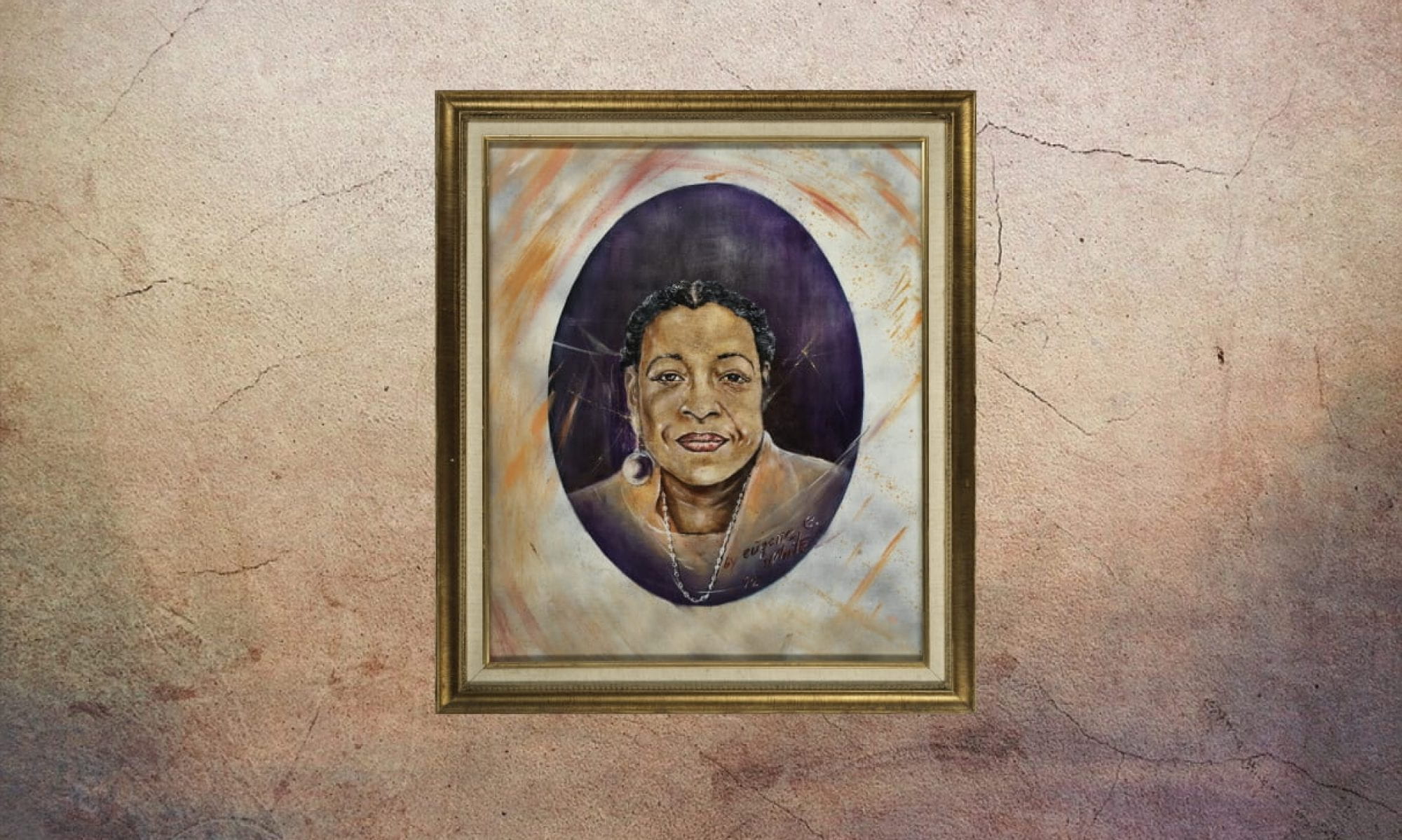
Geraldine Johnson was born in New Orleans in 1933. At 29, she and her family left the city due to an economic downturn that left her father unemployed. They moved to San Francisco, where Johnson quickly became a prominent activist in the city’s labor movement. By the 1980s, Johnson had not only become a member of the San Francisco Labor Council, but she had also started her own chapter of the Coalition for Black Trade Unionists, which was dedicated to the rights of African American laborers. The recession of the 1970s hit hard, however, and many people lost their jobs or businesses. The African American population, especially those living in the Western Addition, were disproportionately hurt due to the redevelopment plans of Justin Herman and the San Francisco Redevelopment Agency. Johnson’s work with groups like the Coalition for Black Trade Unionists helped to boost black workers’ wages and consequently improve the economy in San Francisco.
During his first term, President Ronald Reagan announced that “subsidies for the working class, in regard to homes would be cut, and continue to be cut,” which worried many Fillmore residents who relied on those subsidies. Sensing a need in the community, Johnson decided to start the San Francisco Housing Development Corp., which today also works with the BRIDGE organization. These organizations provide affordable and subsidized housing for working class people. Overall, they have developed over 400 affordable homes in San Francisco and are developing hundreds more.
Johnson believed that there were underlying factors that interfered with the African American population’s ability to seek out housing resources, saying, “African Americans have been . . . so caught up in the day-to-day issues, the day-to-day struggles, that questions of planning could never supplant the immediacy of those needs” (McGovern). Instead of being discouraged by the lack of involvement in her cause, Johnson decided to work harder. She wanted community input because she saw that people were having to move out of San Francisco due to the increase in the cost of living. Stephen McGovern remembered Johnson’s house calls fondly, saying, “Johnson would talk with residents about planning issues and build on their growing skepticism about urban development by getting them to ask ‘What’s in it for my community?’ ” (154). After the A1 and A2 redevelopment plans—which included very little community input and were widely considered to be ineffective—Johnson made it her priority to ensure that voices from the community were heard.
In addition to her labor rights and affordable housing efforts, Johnson played a significant role in the creation of the African American Arts and Culture Complex, located in the Fillmore district. It was important to her to create a community space for African American people in San Francisco. The AAACC is now a highly regarded nonprofit and the only city-owned arts and cultural center dedicated to African American culture, traditions, and values.
In 1983 Johnson organized a West Coast march and rally which brought more than 70,000 people together to honor the 20th anniversary of the 1963 March on Washington. Committed to honoring Dr. Martin Luther King, Johnson later founded the San Francisco Martin Luther King, Jr., Civic Committee which changed the name of South Drive (located in Golden Gate Park) to Martin Luther King, Jr., Drive. While on the committee, she also established an MLK birthday celebration and founded the MLK scholarship, which sponsors high school students on educational exchange trips.
Geraldine Johnson died at the age of 64 on November 12, 1997. She was widely respected in her community and was given over 20 awards throughout her lifetime for her outstanding work. She was admired by many for her tenacity and dedication to improving her community.
In remembrance of her life, BRIDGE Housing renamed one of their facilities “Geraldine Johnson Manor.” Cheryl Towns, who worked with Johnson, reflected, “She was so driven, she’d drive you” (Wagner). The January after her passing, Johnson was honored at the very Martin Luther King, Jr., birthday celebration that she had established, and an award in her name was given to former Mayor Art Agnos, whom she had worked with during the last segment of Western Addition redevelopment to ensure that African Americans had majority participation and control.
Geraldine Johnson was a fearless community advocate who is remembered fondly by all who know her story.
— Delaney Miller
Works Cited
“Geraldine Johnson.” Bridge Housing.
McGovern, Stephen. The Politics of Downtown Development: Dynamic Political Cultures in San Francisco and Washington: Part 3. University Press of Kentucky.
Smooke, Dyan Ruiz and Joseph. “Developers Aren’t Going to Solve the Housing Crisis in San Francisco.” Truthout.
Wagner, Venise. “S.F. Civil Rights, Labor Activist Geraldine Johnson.” SFGate. 14 Nov 1997.
Pimsleur, Joel. “Obituary King Holiday Breakfast to Honor Community Leader Geraldine Johnson.” SFGate. 16 Jan 1998.
